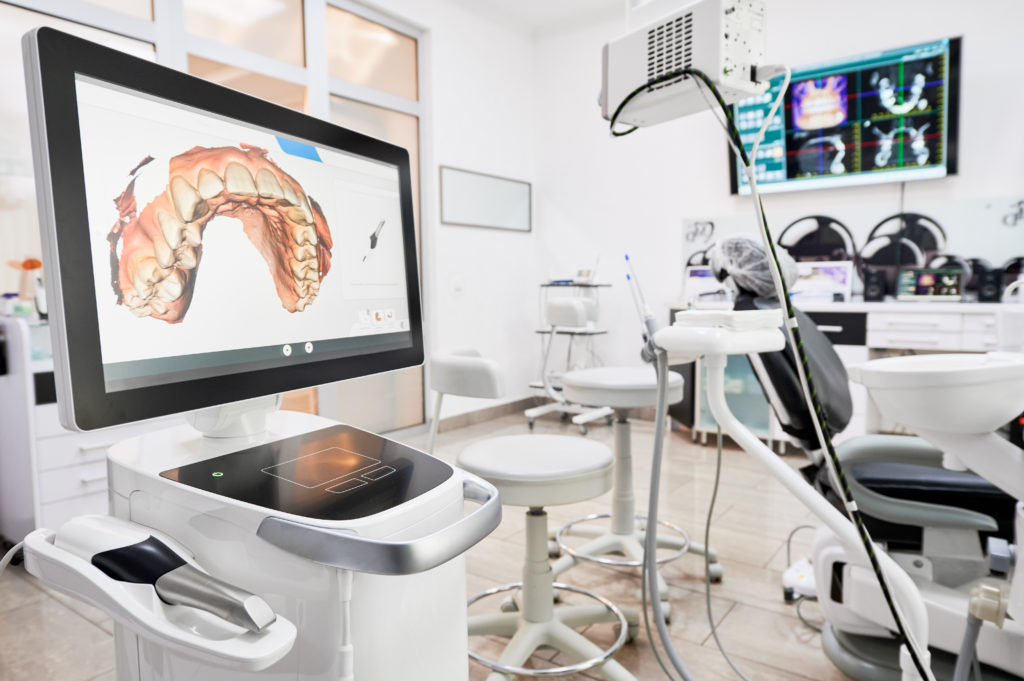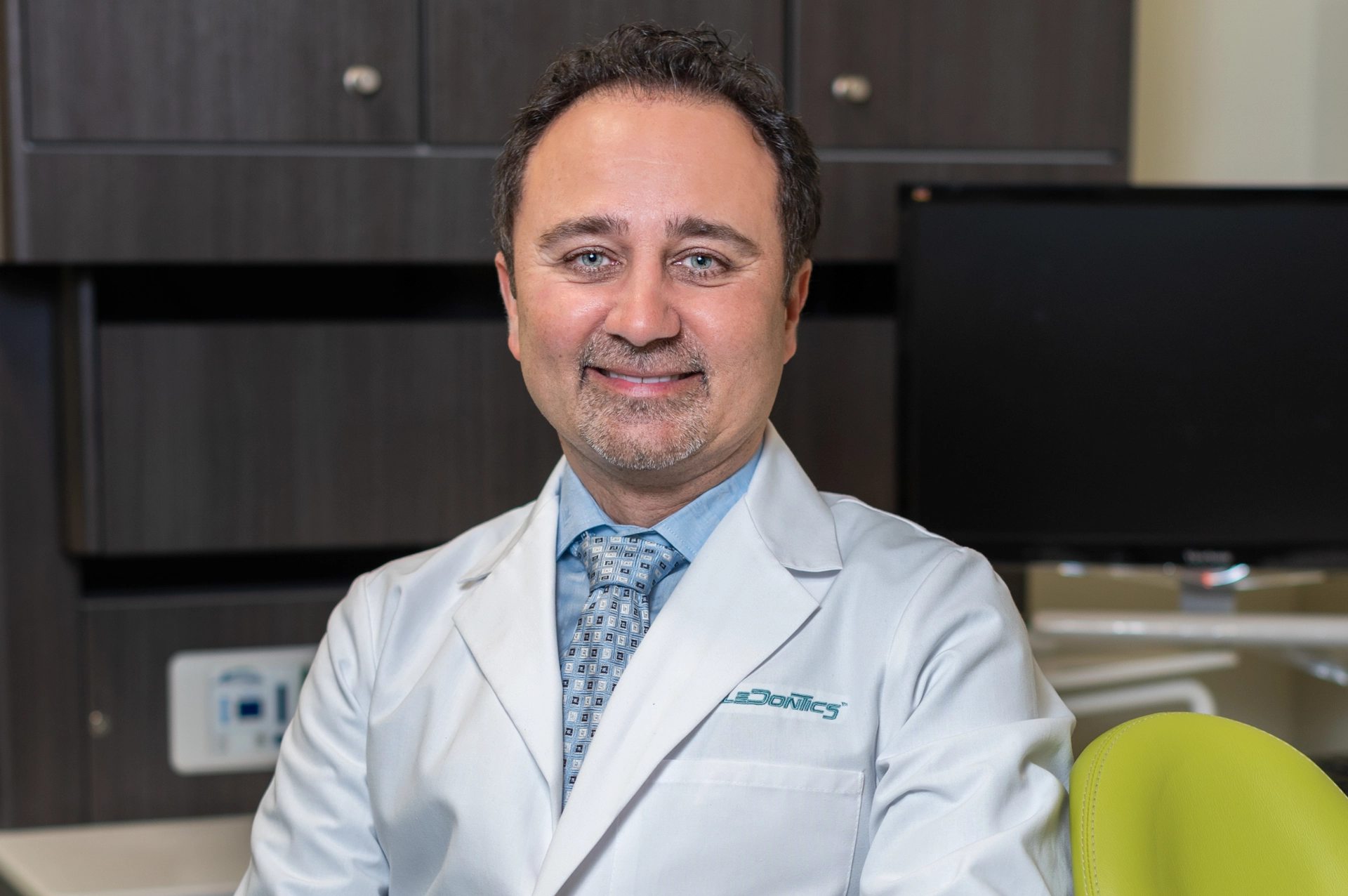
Most Common Dental Fractures and How to Fix Them
When you fracture a tooth, it can be nerve-wracking. You might not know how serious the damage is or what needs to be done to fix your dental fracture. Ultimately, it depends on the type of fracture and the impacted parts of your tooth. Let’s look at the different dental fracture types and find out more about what to do if you think you’ve cracked a tooth.
Dental Fracture Types
There are several different types of dental fractures, each with different concerns. If you think you have a fractured tooth, it can be helpful to know about the different kinds of fractures. Each mouth fracture has its own symptoms and potential treatments, but all should be examined and diagnosed by your dentist. Here are the different ways you could fracture a tooth.
Enamel infractions
These are microcracks in the enamel of the tooth that are typically asymptomatic and do not show up on x-rays. They’re diagnosed by shining a strong light behind the teeth. Teeth with these types of fractures do not exhibit any mobility or sensitivity to percussion. Craze lines, or hairline cracks in the enamel that may or may not be visible, can fall into this category if they do not worsen.
Enamel fractures
These cracks in the enamel are considered uncomplicated crown fractures because they do not expose the dentin or pulp of the tooth. Enamel fractures can include cracks only affecting the enamel as well as fractured cusps, (e.g., when a piece of the chewing surface of the tooth breaks off). Enamel fractures are rarely painful and typically don’t affect the mobility of teeth. However, they may cause increased sensitivity.
Enamel-dentin fractures
Another type of uncomplicated crown fracture, these show a loss of enamel and dentin but without any exposure of the tooth’s pulp. Teeth with these types of fractures typically are not sensitive to percussion and don’t exhibit any mobility.
Enamel-dentin fractures with pulp exposure
Because of the exposure of the tooth’s pulp, this is categorized as a complicated crown fracture. With this type of cracked tooth, dentists can see the pulp. The crack often extends from the chewing surface down toward the root and sometimes below the gum line. Because this type of crack is incomplete, the tooth does not split entirely and can often be saved. If the crack is more severe, a root canal or extraction may be necessary. This type of fracture is usually painful because of the exposed pulp.
Crown-root fractures
This type of fracture extends below the gum line, so a dentist will need to determine the extent of the damage. If the fractured piece is still in place, the tooth will be sensitive to pressure and percussion. If the piece is missing, the pain and sensitivity level can vary depending on how much the pulp has been impacted. If the tooth is split all the way down to the root, treatment will depend on the fracture. In some cases, a root canal and crown may save part of the tooth. Otherwise, extraction is required.
Root fractures
A root fracture impacts nearly every part of the tooth, but pain and sensitivity can vary a lot depending on the severity of the fracture, so it can go undetected for quite some time. Though it is sometimes possible to save a portion of the tooth by removing the fractured root, extraction is usually required.
What Causes Fractured Teeth
Fractured teeth can be caused by any number of things, including:
- Age
- Biting down too hard, clenching, or grinding your teeth
- Chewing or biting down on hard foods like popcorn kernels, ice, or hard candy
- Teeth weakened by large dental fillings or root canals
- Trauma injuries due to accidents, falls, sports, or violence
When you fracture your teeth on your own, it’s typically just one tooth at a time. Multiple fractures are typically the result of an accident, injury, or trauma event. Cavities also put you at a greater risk of fracturing your teeth.
What To Do if You Fracture a Tooth
Any type of mouth fracture is unnerving, but take heart in knowing that dentists see them regularly. If you think you’ve fractured a tooth, call your dentist’s office right away for an appointment. Fractures can get worse the longer they go without treatment, so the faster your fracture is treated, the less painful it will be in the long run.
For more information about your oral health, get your copy of If Your Mouth Could Talk.
Sources:
https://www.ncbi.nlm.nih.gov/books/NBK551650/
https://www.deltadental.com/us/en/protect-my-smile/oral-health-conditions/cracked-tooth/types.html
https://my.clevelandclinic.org/health/diseases/21628-fractured-tooth-cracked-tooth

